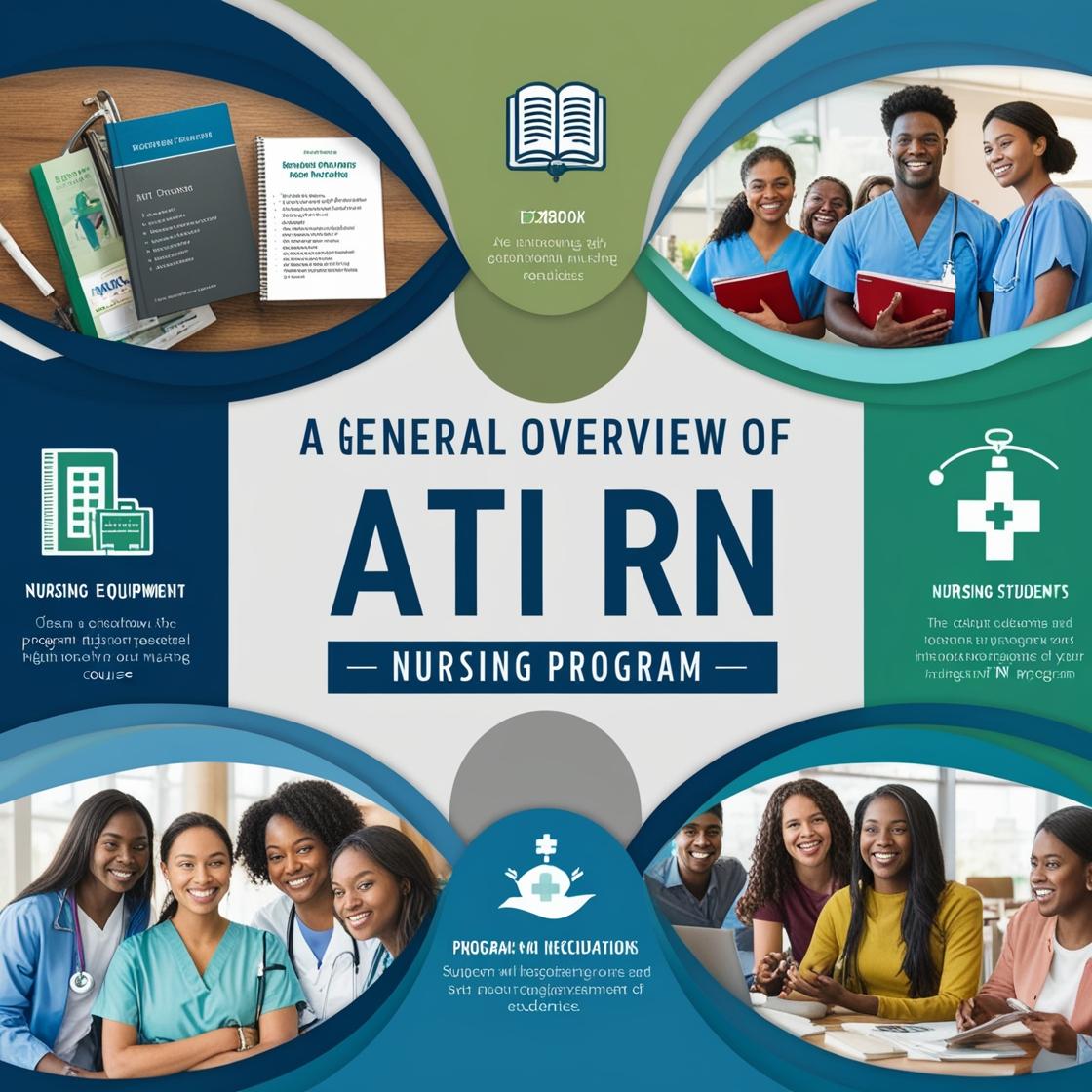ATI RN
ATI Medical Surgical Proctored Exam 2023
1. A client has a tracheostomy tube in place. When the nurse suctions the client, food particles are noted. What action by the nurse is best?
- A. Elevate the head of the client's bed.
- B. Measure and compare cuff pressures.
- C. Place the client on NPO status.
- D. Request a swallow study for the client.
Correct answer: B
Rationale: When food particles are noted during suctioning of a client with a tracheostomy tube, it can indicate tracheomalacia due to constant pressure from the tracheostomy cuff. This condition may lead to dilation of the tracheal passage. To address this issue, the nurse should measure and compare cuff pressures. By monitoring these pressures and comparing them to previous readings, the nurse can identify trends and potential complications. Elevating the head of the bed, placing the client on NPO status, and requesting a swallow study will not directly address the cuff pressure issue causing food particles in the secretions.
2. While assessing a client with a tracheostomy, a nurse notes that the tracheostomy tube is pulsing with the heartbeat during a pulse check. No other abnormal findings are noted. What action should the nurse take?
- A. Notify the operating room of a potential emergency case.
- B. No action is required at this time; this pulsation can be a normal finding in some clients.
- C. Remove the tracheostomy tube and ventilate the client using a bag-valve-mask.
- D. Stay with the client and ask someone else to contact the provider immediately.
Correct answer: D
Rationale: The pulsation of the tracheostomy tube with the heartbeat may indicate a tracheoinnominate artery fistula, which can lead to life-threatening hemorrhage if the artery is breached. In this scenario, as there is no active bleeding yet, the nurse should remain with the client and have another person notify the provider immediately. If the client starts to hemorrhage, the nurse should remove the tracheostomy tube and apply pressure at the bleeding site, preparing the client for urgent surgical intervention.
3. A client who had coronary artery bypass grafting yesterday needs care. What actions can the nurse delegate to the unlicensed assistive personnel (UAP)? (SATA)
- A. administer antibiotics every 4 hrs
- B. Encourage the client to use the spirometer every 4 hours.
- C. Ensure the client wears TED hose or sequential compression devices.
- D. Have the client rate pain on a 0-to-10 scale and report to the nurse.
Correct answer: C
Rationale: The nurse can delegate tasks such as assisting the client to get up in the chair or ambulate to the bathroom, applying TED hose or sequential compression devices, and taking/recording vital signs to the unlicensed assistive personnel (UAP). Using the spirometer should be encouraged every hour the day after surgery by the nurse. Assessing pain using a 0-to-10 scale is a nursing assessment. However, if the client reports pain, the UAP should inform the nurse for a more detailed assessment.
4. A client with chronic obstructive pulmonary disease (COPD) is receiving nutrition education. Which nutrition information should the nurse include in this client's teaching? (Select ONE that does not apply)
- A. Avoid drinking fluids just before and during meals.
- B. Rest before meals if you have dyspnea.
- C. Have about six small meals a day.
- D. Eat high-fiber foods to promote gastric emptying.
Correct answer: D
Rationale: The correct answer is D. Avoiding drinking fluids just before and during meals helps prevent bloating in clients with COPD. Resting before meals if experiencing dyspnea can aid in improving breathing during meals. Having approximately six small meals a day can reduce bloating and help with easier digestion. However, consuming high-fiber foods to promote gastric emptying is not advisable for clients with COPD, as fibrous foods can lead to gas production, abdominal bloating, and increased shortness of breath. Clients with COPD should focus on increasing calorie and protein intake to prevent malnourishment. Increasing carbohydrate intake should also be avoided, as it can raise carbon dioxide production and worsen dyspnea.
5. A healthcare provider collaborates with a respiratory therapist to complete pulmonary function tests (PFTs) for a client. Which statements should the healthcare provider include in communications with the respiratory therapist prior to the tests? (Select ONE that does not apply)
- A. I ensured the client did not use bronchodilator medication within the specified timeframe.
- B. The client is prepared to undergo the examination in radiology.
- C. Physical therapy has approved the client for treadmill exercise.
- D. I instructed the client not to smoke for the required duration before the test.
Correct answer: C
Rationale: For accurate pulmonary function tests (PFTs), it is essential to communicate that the client did not use bronchodilators within the specified timeframe, did not smoke for the required duration before the test, and can comply with different breathing maneuvers. The use of a treadmill is not part of the PFT procedure and is unrelated to the testing process. Therefore, communicating about the client's ability to run on a treadmill is not relevant to the pulmonary function tests being conducted by the respiratory therapist.
Similar Questions

Access More Features
ATI RN Basic
$69.99/ 30 days
- 50,000 Questions with answers
- All ATI courses Coverage
- 30 days access @ $69.99
ATI RN Premium
$149.99/ 90 days
- 50,000 Questions with answers
- All ATI courses Coverage
- 30 days access @ $149.99
